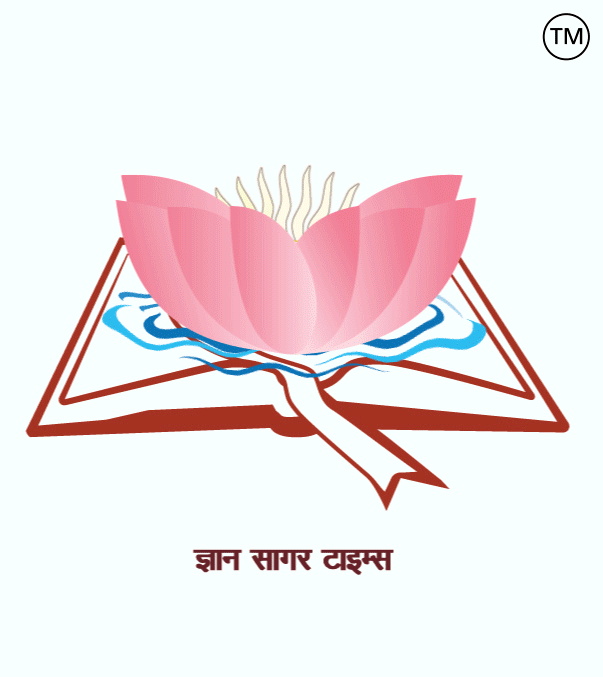
औषधि भी है अदरक
आज हम एक ऐसे मसाले के बारे में बात कर रहे हैं जो एक भूमिगत रूपांतरित तना होता है, जो मिटटी के अंदर ही बढ़ता है साथ ही इसका तना फूलकर मोटा हो जाता है जिसमे काफी मात्रा में भोज्य पदार्थ संचित होता है. इसके पौधे में सिमपोडियल राइजोम पाया जाता है. जिंजीबरेसी कुल का है ये पौधा जिसे अंग्रेजी में जिंजर (Ginger) वहीं, हिंदी में अदरक कहते हैं. इसका वानस्पतिक नाम जिंजिबर ऑफ़िसिनेल ( Zingiber officinale).
भारतीय व्यंजन में अक्सर अदरक का इस्तेमाल होता ही है, ये भोजन के स्वाद को बढ़ाता है, साथ ही आयुर्वेदिक औषधी भी है. भारत में अदरक की खेती बंगाल, बिहार, उत्तर प्रदेश, पंजाब, मध्य प्रदेश, चेन्नई और कोचीन में होती है. वहीं, अदरक का पौधा चीन, जापान, मसकराइन और प्रशांत महासागर के द्वीपों में भी मिलता है.
आयुर्वेद और यूनानी चिकित्सा प्रणालियों में अदरक का प्रयोग दवा बनाने में किया जाता है. ताज़ी अदरक में 81% जल, प्रोटीन 2.5%, कार्बोहाइड्रेट 13%, रेशे 2.5%, वसा 1% पाया जाता है. इसमें आयरन, कैल्शियम, आयोडीन, क्लोरीन व विटामिन सहित कई पोषक तत्व मौजूद होते हैं. आपको जानकर हैरानी होगी कि, सुखी अदरक की तासीर गर्म होती है जबकि, गीली अदरक की तासीर ठंडी होती है. अदरक का स्वाद तीखा होता है और इसे बलवर्धक भी कहा जाता है. वैज्ञानिक शोध के अनुसार, अदरक एक शक्तिशाली एंटीवायरल औषधि भी है.
अगर, भोजन में अदरक का प्रयोग करते हैं तो पाचन तन्त्र को ठीक करता है साथ ही अजीर्ण, उलटी, जोड़ों का दर्द, अतिसार, पेचिस… आदि बीमारियों में लाभ मिलता है साथ ही ब्लड सर्कुलेशन को ठीक करता है व कोलेस्ट्रोल को नियंत्रण करने में मदद करता है. इसके प्रयोग से त्वलचा आकर्षक व चमकदार हो जाती है. खांसी के साथ कफ परेशान लोगों के लिए अदरक वरदान से कम नहीं माना जाता है. अदरक खाने से मुंह के हानिकारक बैक्टीरिया नष्ट हो जाते हैं. अदरक का प्रयोग गठिया, अर्थराइटिस, साइटिका, गर्दन और रीढ की हड्डियों के रोग के इलाज में किया जाता है. अदरक में कोलेस्ट्राल का स्तर कम करने, खून का थक्का जमने से रोकने, एंटी फंगल और कैंसर के प्रति प्रतिरोधी होने के गुण भी पाए जाते हैं. सर्दी और जुकाम में अदरक की चाय बहुत ही फायदेमंद होता है. इसके अलावा और क्या कहें अदरक गुणों का खजाना है, यह मसाला भी है और आयुर्वेदिक औषधि भी…
========== ========= ===========
Ginger is also a medicine.

Today we are talking about a spice, an underground modified stem that grows inside the soil and its stem swells and becomes thick in which a large amount of food material is stored. The symposia rhizome is found in its plant. This plant belongs to the Zingiberaceae family, which is called Ginger in English and Ginger in Hindi. Its botanical name is Zingiber officinale.
Ginger is often used in Indian cuisine; it enhances the taste of food and is also an Ayurvedic medicine. In India, ginger is cultivated in Bengal, Bihar, Uttar Pradesh, Punjab, Madhya Pradesh, Chennai and Cochin. At the same time, the ginger plant is also found in China, Japan, Mascarene and the islands of the Pacific Ocean.
Ginger is used to make medicine in Ayurveda and Unani systems of medicine. Fresh ginger contains 81% water, 2.5% protein, 13% carbohydrate, 2.5% fibre and 1% fat. It contains many nutrients including iron, calcium, iodine, chlorine and vitamins. You will be surprised to know that the nature of dry ginger is hot whereas the nature of wet ginger is cold. Ginger has a spicy taste and is also called a strength enhancer. According to scientific research, ginger is also a powerful antiviral medicine.
If ginger is used in food, it improves the digestive system and relieves diseases like indigestion, vomiting, joint pain, diarrhoea, dysentery etc. It also improves blood circulation and helps in controlling cholesterol. Its use makes the skin attractive and shiny. Ginger is considered no less than a boon for people suffering from cough and phlegm. Eating ginger destroys harmful bacteria in the mouth. Ginger is used in the treatment of arthritis, sciatica, neck and spinal diseases. Ginger also has properties of lowering cholesterol levels, preventing blood clotting, being anti-fungal and being resistant to cancer. Ginger tea is very beneficial in colds and coughs. What else can be said, ginger is a treasure trove of properties, it is a spice as well as an Ayurvedic medicine…





